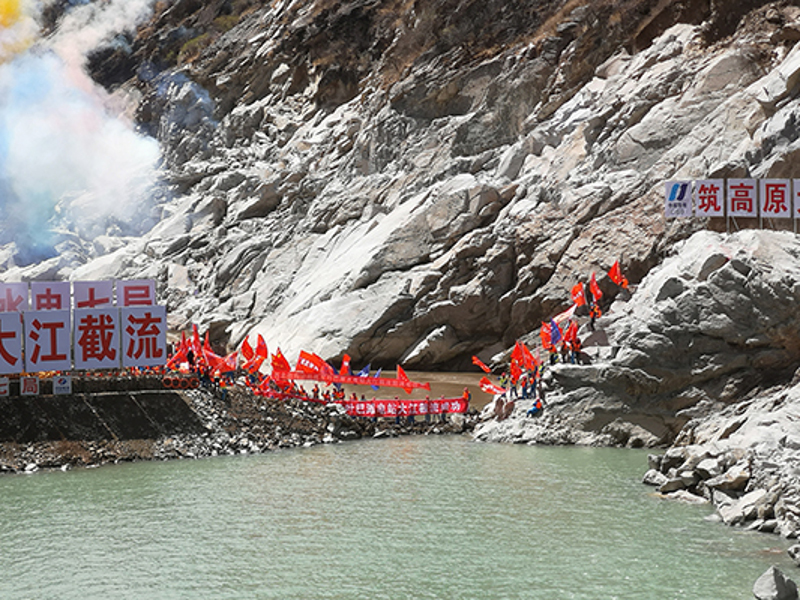
(Full Contents of Hydropower Policy BRIef here)
Unfortunately, modest development of greenfield hydropower in 2020 again came at the cost of destruction of irreplaceable natural areas and suffering of local communities in countries where those dams have been built. It also often exacerbated transboundary tensions, fuelled corruption and economic crisis. Using the River without Boundaries database we examined for which countries championing in 2020 we can present recent evidence of persistent generic problems in hydropower development policies and practices.
Table 3. Hydropower related problems in 2020 hydropower champion countries

For all generic problems we marked by “1” serious threat\problem\impact inside a given country for which we have sufficient evidence within the last decade. Only in case of “transboundary waters conflict” we counted number of neighbours with which this country has a conflict\serious issue related to hydropower impacts[1]. We have evidence on serious unresolved conflicts with local communities, irreversible impacts on biodiversity, damming free-flowing rivers, economic problems caused by hydropower projects for more than 80% of championing countries. Significant transboundary impacts and conflicts are present in 14 countries out of 21 involved 32 additional countries.
China, as usual, heads the rating due to the scale of hydropower construction and 17 major basins shared with neighbours. Laos occupies the second place due to tremendous flaws in its aggressive hydropower expansion policies. India scores high due to its active promotion of domestic hydropower notwithstanding associated damage and acute transboundary water issues. Almost no information is available about Angola, which defines its low ranking. Norway has low ranking due to unique conditions for hydro on its naturally cascading rivers and high domestic governance standards. If we were also taking into account problems\impacts of overseas hydro supported by Norwegian firms and financiers, the scoring would be different.
This simple scoring exercise demonstrates that most of current hydropower development happens in countries not possessing at policy level sufficient safeguards and is associated with very high risks and potential damages. It clearly testifies to the fact that most of hydropower development in the world is unsustainable and proceeds at the expense of key sustainable development objectives.
Published in the “Water Yearbook: Central Asia and around the Globe-2020”, SIC ICWC, Tashkent 2021
Compiled by
Eugene Simonov, Rivers without Boundaries International Coalition (RwB).

